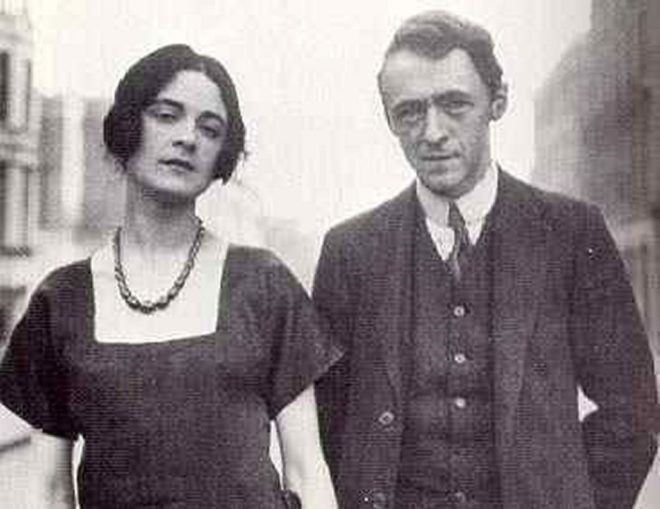
Grove Koger
October 3 is the anniversary of the death of British composer Arnold Bax, who died on this day in 1953. Bax’s music describes a personal landscape, one so personal that, despite the sheer beauty and listenability of his works, he’s practically unknown, even among classical music audiences.
Bax was much taken with the Celtic World and Ireland in particular, where he lived for several years before World War I. Later in life, his interests shifted to Scotland, on whose western coast he spent many winters, and Scandinavia. Given these geographical affinities, it’s perhaps ironic that his best-known work is devoted to Tintagel, a site on the rugged coast of Cornwall—but there’s a personal dimension to the situation.

In legend, the ruined castle is said to be the birthplace of King Arthur and is associated with the legend of Tristan and Isolde as well. But as Lewis Foreman reveals in the third revised and expanded edition of Bax: A Composer and His Times (Boydell, 2007), its attraction for Bax involved the presence there in the late summer of 1917 of pianist Harriet Cohen, the woman he had fallen in love with.
The problem was that Bax had been married since 1911, and he and his wife had two children. The Baxes were staying in nearby St Merryn, allowing Bax an occasional opportunity to slip away to be with Cohen.

Bax occasionally wrote verse and fiction, and his poem “Tintagel Castle” dates from that troubled time on the Cornish coast. “While these old walls were crumbling,” the poem begins, “Fair countless maids and men / Have cried and kissed and whispered, / And never come again.”
But the tone poem Tintagel, with its tempestuous sweep and anguished longing, encapsulates Bax’s personal situation far more successfully. In an impersonal program note accompanying the published score, he refers to “a great climax suddenly subsiding, followed by a passage which will perhaps convey the impression of immense waves slowly gathering force until they smash themselves upon the impregnable rocks. The theme of the sea is heard again, and the piece ends as it began with a picture of the castle still proudly fronting the sun and wind of centuries.”
By the way, Bax left his wife, Elsita, in 1918, but she refused to grant him a divorce, and they remained married until her death in 1947. The relationship between Bax and Harriet Cohen eventually cooled, but she remained his close friend and the major exponent of his piano works.

The atmospheric painting of Tintagel you see at the top of today’s post is by William Trost Richards. The photograph of Bax is by Paul Corder and that of Cohen is by E. O. Hoppé. I understand that the photograph of Cohen and Bax together dates from 1920, but I haven’t been able to identify the photographer.
□□□
If you’d like to subscribe to World Enough, enter your email address below:
And if you’ve enjoyed today’s post, please share!
